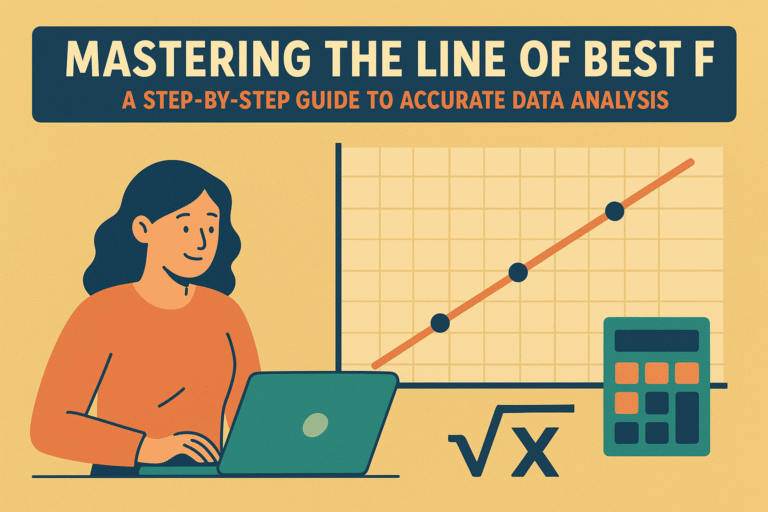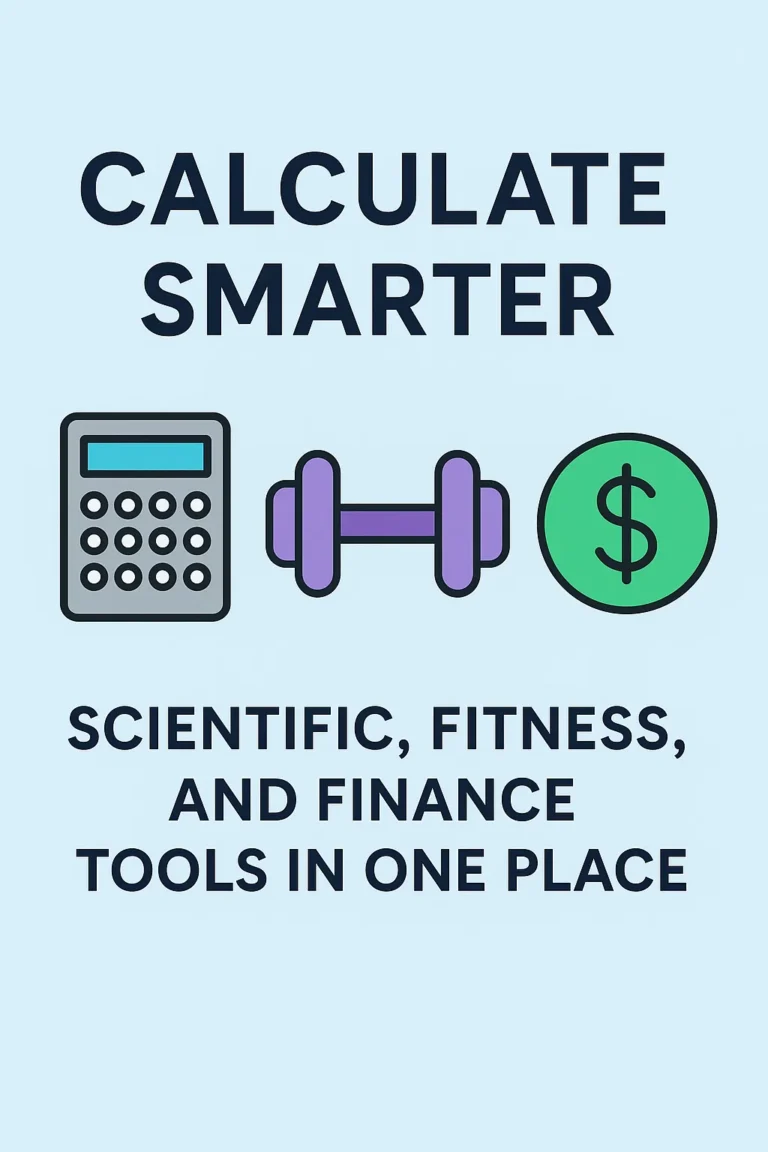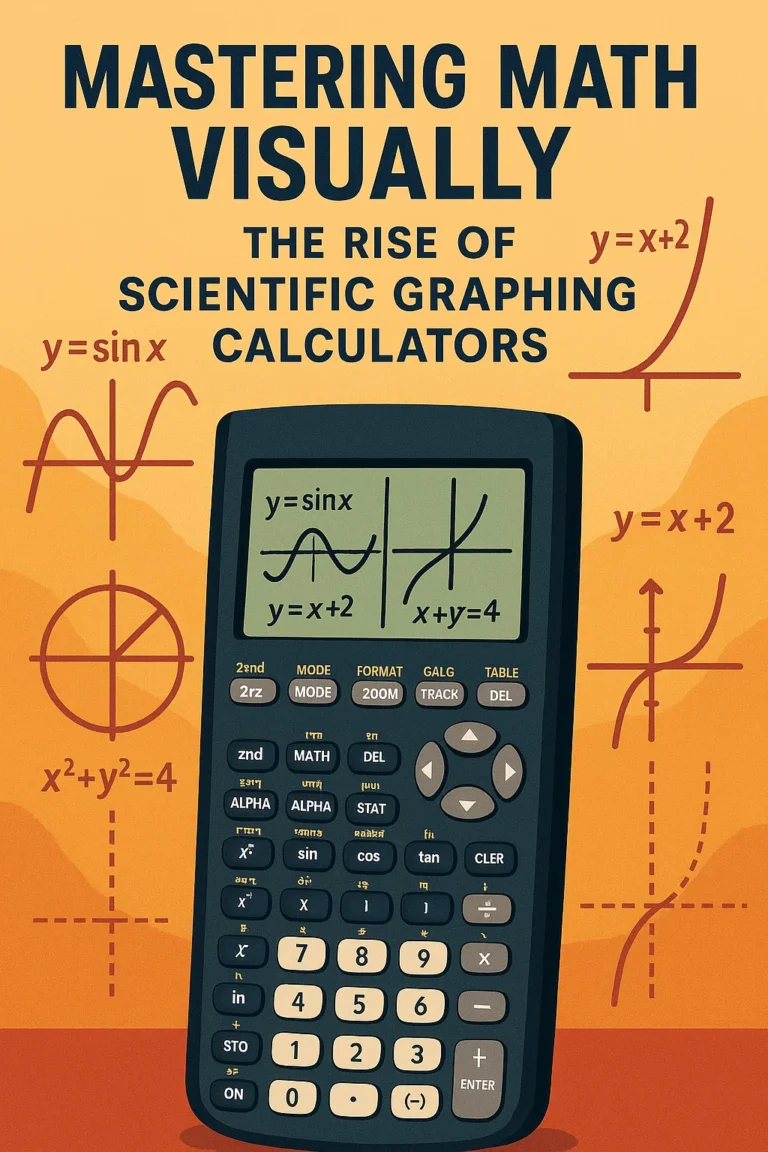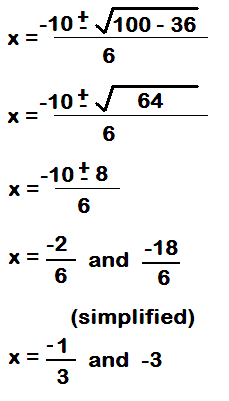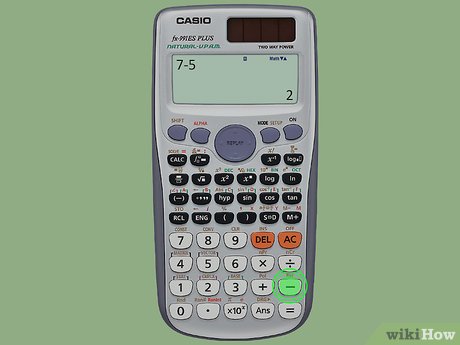Are You Stuck In a Grocery Store Aisle With an Irrational Question About Cheese or Milk? or Double up Your Recipe Requiring 2/3 Cup Milk but Your Mind Freezes Up
Fractions seem to pop up everywhere these days–from recipes, bills and construction projects to even our children’s homework assignments! Unfortunately, most of us haven’t been exposed to fractions since high school math class!
However, don’t despair: fractions don’t require you to be a math wizard to conquer them! Simply utilize an excellent scientific calculator – or better still an online version you can access anytime, anywhere – as an effective means for fraction-related calculations.
Let’s walk through how to use one, without formulas or jargon – real-life situations that you are likely encountering every day will serve as our basis.
Baking for a Birthday Party
Let’s say your niece has requested cupcakes for her party, and the recipe says this:
Are You Making Two Batch of Jam? At first, this may appear like a simple calculation, with 2/3 cup sugar and 3/4 cup flour being combined together with 1/2 cup milk, but now there are more ingredients being combined in your double batch? Will You Really Double All The Fractions In Your Mind?
Take the guesswork out of baking by using your free scientific calculator (or an online version on your phone), entering each fraction, multiplying by 2, and voila! No longer do you have to guess. Now you know exactly how much sugar, flour and milk you require for success!
Your time was saved, mistakes avoided, and an additional measuring cup wasn’t needed – all hallmarks of success! Congratulations.
Fixing Your Fence in the Backyard
Imagine this: you are at a hardware store purchasing boards sold in lengths of 3 1/2 feet for your fence that require panels of 2 3/4 feet each; but these boards only come in packs of three. As you contemplate using just one board for multiple panels, your mind goes blank as to its capacity to create them all! You find yourself asking, “Can one board create multiple panels?”
Your options for making this calculation vary: either using pen and paper or opening an online scientific calculator to input numbers quickly, then quickly finding out that one board covers only one full panel and leaves some leftover space behind.
This small bit of math will keep you from overbuying or underplanning–both of which cost both money and time.
Splitting the Bill With Friends
Dinner out with friends can be great fun–until it comes time to split the bill. Someone ordered 3/4 pizza (yum! ), someone else got 1/2 pizza, and you all are sharing appetizers in odd portions. When the waiter drops your bill in fractions it becomes quite complex!
Utilize your free scientific calculator–ideally one on your mobile phone browser–for quick comparisons between who owes what when dealing with meals of different sizes.
Benefit? You don’t come off as “that friend” who underpays or rounds down too generously.
Help Your Kid With Homework
Your child comes running to you for assistance: “Mom, how can I subtract 5/6 from 7/8?”
Are You Struggling with Math since Middle School? Taking a deep breath, grabbing your tablet computer, and opening up an online scientific calculator may be just what is needed.
Step-by-step you demonstrate how to enter fractions for your child, not only providing them with the correct answer but also feeling like an amazing superhero! Now your kid thinks you are an academic genius while feeling equally as accomplished yourself.
Sewing or Knitting a Pattern
Have you ever experienced difficulty when following a knitting or sewing pattern that calls for 5/8 of a yard of fabric or requires 3/4-inch seam allowance? Fractions seem to pop up everywhere!
Imagine this: you have completed an impressive project but need to adapt its measurements for another size. Instead of making decisions without proper data at hand or making guesses as to their solutions, using your calculator makes adjusting measurements much more manageable and quickly breaks it all down into manageable steps.
By precalculating with an online scientific calculator, you can avoid making cutting mistakes, wasting materials or ending up with an uneven seam.
Travel Planning With Gas and Mileage
Let’s say you’re planning a road trip. Your fuel-efficient car consumes only three-quarters of a tank every 150 miles; therefore, you want to know how many tanks will be necessary for the journey of 600 miles.
Your brain tries to guess; however, you don’t need to do that.
Your calculator shows you the frequency with which a fraction fits into your total journey, so you know whether to stop twice or three times en route and can plan your stops (and budget accordingly).
Such preparation transforms road trips from daunting experiences into enjoyable adventures.
Shopping Online and Sizing Products
It happens more often than we realize: when purchasing shelves or decor online, a product description claims it measures 1 3/8 inches but your available space measures 2 1/4 inches wide.
Will It Fit? In order to assess whether an object fits, there are two methods available to you – either looking closely at a measuring tape and crossing your fingers for answers, or entering measurements into your free scientific calculator and comparing results.
Now you are confident with your purchase; no returns necessary.
DIY Projects
Imagine that you’re building a bookshelf, with each shelf spaced 1 1/2 inches apart on a board 12 inches tall. How many shelves will fit, and will there be leftover space?
Math may appear straightforward until midway through your project and you realize your drill holes are off by an inch or more.
Use an online scientific calculator to input your numbers and discover that seven evenly spaced shelves with just a little gap at the bottom will result in your project looking perfect – perfect enough to make it worthy of Pinterest.
Budgeting with Fractions of a Paycheck
Do you get paid biweekly but only need to allocate 2/5 of each check to rent, 1/6 to groceries, etc? Navigating budgeting using portions of income can be challenging and time consuming.
But when you use a calculator, those fractions become tangible numbers that allow you to create an accurate budget.
Your free scientific calculator becomes your trusted financial companion, giving you peace of mind and giving a more realistic picture of where your money is heading.
Your Water usage and conservation goals:
Are You Wanting to Reduce It Do You want to decrease your current showerhead’s 2 3/4 gallon per minute consumption rate while showers last 5 1/2 minutes per shower session? How much water are You using in each one?
Your online scientific calculator provides a better way to comprehend the true impact. Multiply those two numbers together (even as fractions), and make more informed choices.
Knowledge is power–and conservation.
At its Core
Fractions are more than just math class; they play an integral part in your daily life–from cooking and renovation projects to budgeting and shopping – you simply didn’t have access to the right tool before now.
No matter where you are – be it on a laptop, tablet, or phone – now there is an online scientific calculator or an app with this same functionality available to make sense of things.
With some practice and real-life application, fractions won’t be an intimidating topic anymore! Instead, they will become second nature for you as you quickly master them and start solving them like an expert.
Without stress or frustration. Just solutions.
Takeaway:
Next time you come across fractions in everyday life, remember this simple rule: Don’t panic. Just remember:
Make use of a scientific calculator (free ones are excellent!).
Think in terms of real-life use rather than equations when planning the use of data visualization techniques.
Leave the heavy lifting to the calculator!
First and foremost, trust yourself; you’re far superior at handling this than you give yourself credit for.


